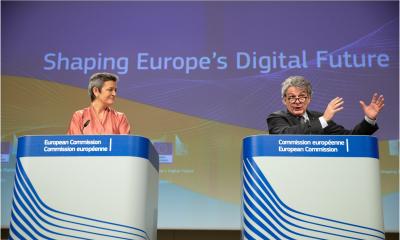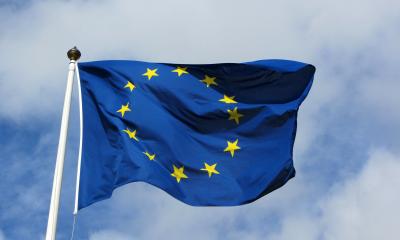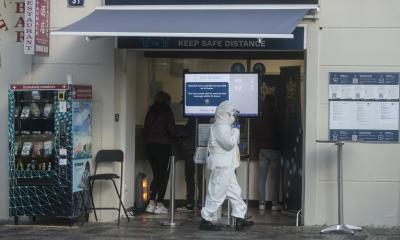Report: The EU's pandemic response
How the Union’s response to COVID-19 set new precedents for fiscal and industrial policy, strengthened health institutions and weakened European democracy.
The COVID-19 virus has caused more than one million deaths in Europe and transformed the EU. This report explores the lasting marks set by the EU's pandemic response. Download the report here and read the introduction below.
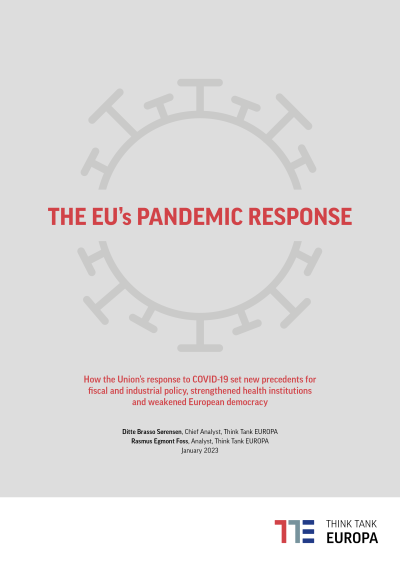
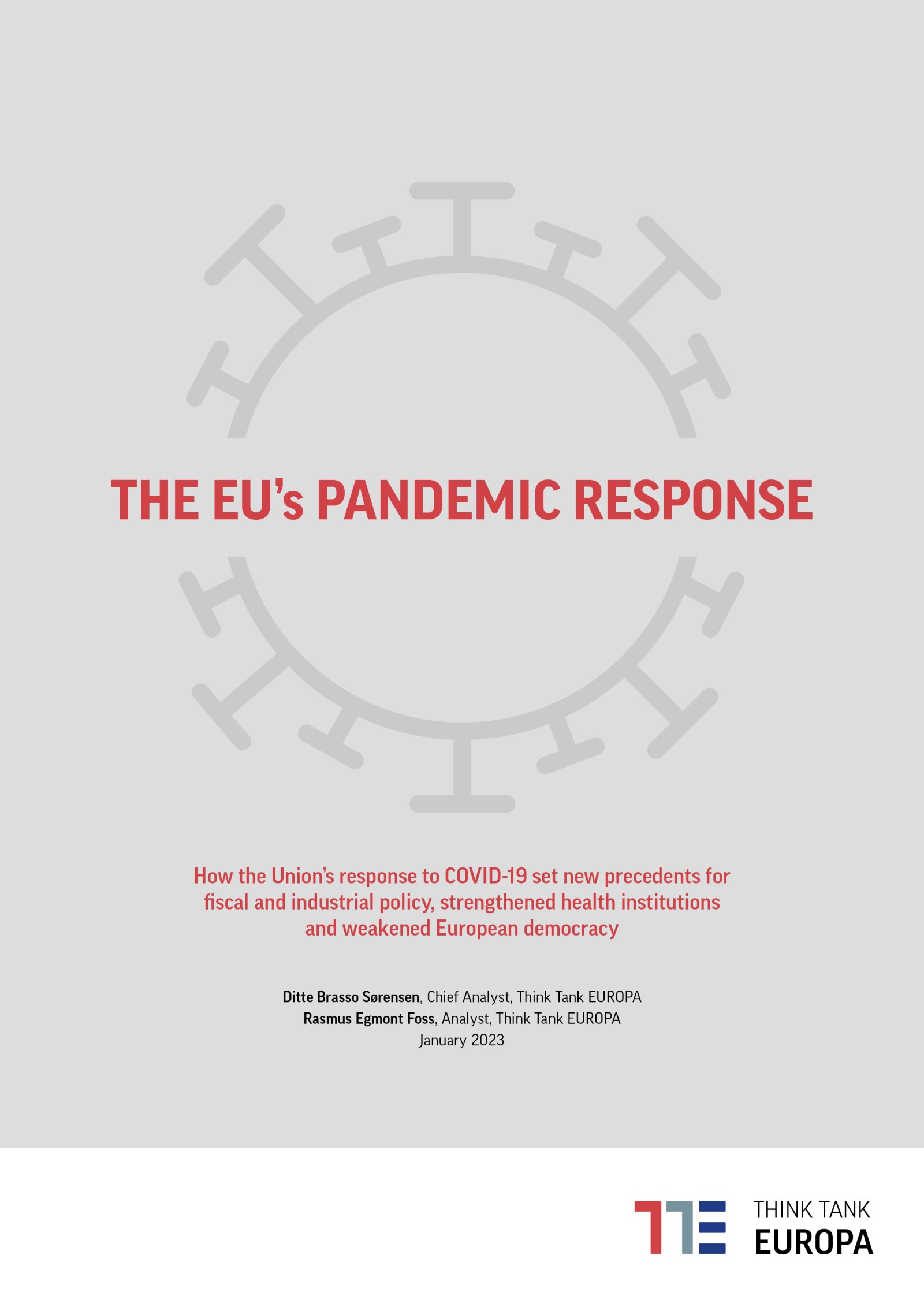
Introduction
As 2019 came to an end, the EU was convinced it had put a decade of crises behind it. In her inaugural speech as Commission President, Ursula von der Leyen on November 27, 2019, called for “a fresh start for Europe.” The chaos of Brexit, refugee crisis and conflicts in the eurozone meant that “in the last years, we had to focus on the here-and-now, managing crises after emergency, fighting to keep our unity and solidarity intact,” as she told the European Parliament in Strasbourg. Only four months later, the COVID-19 pandemic hit Europe and provoked what Angela Merkel called the “gravest crisis in the history of the European Union.” More than 1.1 million people in the EU died of the virus according to official figures from December 2022, but it might in fact have caused as much as 1.7 million excess deaths as estimated by The Economist. It seems the pandemic was hardly over before the war in Ukraine, the energy crisis and high inflation ravaged Europe in 2022.
While Europe still struggles to manage the unfolding crises in early 2023, it is time to take stock of the EU’s response to the pandemic. The challenge in January 2023 to find a common position on people travelling to Europe from China, where infections are surging, underscores how disagreements on pandemic management are still in place. With only limited competences on health, the EU was woefully unprepared in 2020 to deal with a health crisis to the extent that many Europeans expected it to. COVID-19 forced the EU into unchartered waters because it had far-reaching consequences for several of the Union’s core competences. Among the sources interviewed for this report, there was nonetheless a broad consensus that the EU’s response for the most part was adequate. But Europe cannot assume that future health crises will be similar. In 2020 the EU was saved by the fact that member states acted in solidarity. This might not be the case in the next event. Reflection is needed on what the EU has learned, how the pandemic response changed the EU and what shortcomings are yet to be sufficiently addressed. That is the purpose of this report.
Across four chapters we explore the lasting marks that COVID-19 left on the EU and what new political conflicts and questions they raise. The human and economic catastrophes looming in early 2020 provoked first and foremost an unprecedented effort to save lives at a national level and, at the European level, a race to rescue the economy. We deal with the immediate economic response in chapter 1 (MONEY). Later during the pandemic followed a concerted push to transform the institutional architecture of EU health policy, which we study in chapter 2 (INSTITUTIONS), as well as efforts to entrench ad hoc measures taken to protect the single market, described in chapter 3 (INDUSTRY). Finally, in chapter 4 (DEMOCRACY), we discuss the challenges posed to European democracy by the entirety of the crisis response, which are exacerbated by the growing sense that crisis management has become a permanent feature of European politics. All national initiatives as well as some aspects of the EU’s response such as social policy and geopolitics lie beyond the scope of this report.
The key arguments of the report can be summarized as follows:
- MONEY: COVID-19 will have lasting impacts on health spending and has moved the goalposts for financing public investments through common debt in the EU. New path dependencies arise from the elevated budget for health policy and the Next Generation EU rescue package. Yet the pandemic response is unlikely to cause the creation of a fully-fledged European Health Union with more competences in this policy area because member states still have a strong preference for national measures on health policy. While the EU’s ability to act on health-related issues increased during the pandemic, member states are clearly not ready to delegate to the Commission the responsibility of keeping their populations alive. Read more in chapter 1.
- INSTITUTIONS: The EU is still neglecting to finance the institutional structures that ensure adequate preparedness for a future health crisis. Although it has strengthened the mandates of health agencies and established a new unit in the Commission, the EU is so far failing to back them with sufficient and reliable funds to fulfil their obligations. As a result of the war in Ukraine, the political momentum behind reforms has already stalled. Europe’s common response to health crises remains vulnerable to emergent solidarity from individual member states. Read more in chapter 2.
- INDUSTRY: Early efforts to protect the single market were accompanied by wide-ranging measures to enable the crisis response of European businesses. Learnings from the pandemic response have shaped and emboldened the Commission’s thinking behind the recently proposed Single Market Emergency Instrument that seeks to institutionalize ad hoc measures taken during the pandemic – and which proves that the Commission intends to increase its competences to intervene in the market during crises. The advancement of enabling measures to boost European industry will likely continue to raise principled debates on questions such as ownership, fair competition and taxation of extraordinary profits. Read more in chapter 3.
- DEMOCRACY: The increased use of article 122 since 2020 and the fact that the European Council has taken on a central role in EU’s crisis management pose challenges to the European Parliament’s role in the institutional architecture. On top of that the EU will be challenged to find an effective approach to disinformation that balances respect for European values with the increasing desire to deal with harmful content. Read more in chapter 4.
This report is the conclusion of a two-year project at Think Tank EUROPA on the EU’s pandemic response, financed by the Novo Nordisk Foundation (NNF20SA0065656). For purposes of research and to develop the arguments, we have interviewed employees at the Commission’s DG GROW, DG HERA, DG SANTE and Commissioners’ Cabinets, members of the European Parliament with seats at the Special Committee on the COVID-19 pandemic (COVI), national public authorities, scientific researchers and peers of the think tank environment. A huge thank you to everyone who participated and offered their help. We would also like to thank in particular our former colleague Maja Kluger Dionigi who led the two-year project during its first 14 months and laid an invaluable foundation for the final work.
The Think Tank EUROPA does not take collective positions. This publication only represent the views of their individual authors.


